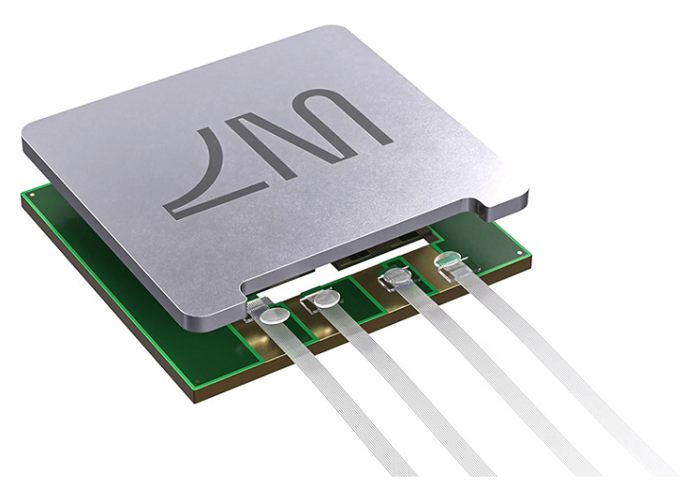Revolutionizing AI: Lightmatter's Photonic Chip

As the world increasingly harnesses artificial intelligence (AI), the consequent demand for computational power escalates. Recognizing this growing necessity, Lightmatter, an MIT-started company, is pioneering a novel breed of computer chips that utilizes light for key computations.
Traditional computer chips regulate the flow of electrons via transistors within a semiconductor. They transform information into a binary sequence—1s and 0s—which then facilitate a plethora of logical operations and power intricate software. Lightmatter's chip, on the other hand, is built specifically to perform a unique type of mathematical calculation essential for robust AI algorithms.
Nick Harris, Lightmatter's CEO, displayed this new chip, resembling a standard computer chip but with fiber optic wires protruding from it. The chip operates by splitting and merging light beams within minute channels, some nanometers wide. An associated silicon chip governs the photonic component's function and also provides temporary memory storage.
The company anticipates shipping its premier light-based AI chip, known as Envise, later this year. Containing 16 chips, server blades are designed to fit into conventional data centers. For its pioneering work, Lightmatter has secured $22 million funding from GV (formerly Google Ventures), Spark Capital, and Matrix Partners.
Lightmatter claims that depending on the task, its chip runs 1.5 to 10 times faster than Nvidia's top-tier A100 AI chip. For example, when executing a natural language model like BERT, the Envise is five times quicker and consumes only a sixth of the power.
These impressive claims are not without technical limitations, and it could be challenging to convince companies to adopt this relatively untested design. However, Rich Wawrzyniak, an analyst with Semico, believes the technology stands a good chance of gaining traction, particularly as the costs and power requirements of AI continue to escalate.
What makes Lightmatter’s chip more efficient for specific AI calculations is its ability to encode information more efficiently using different wavelengths of light. Controlling light requires less power compared to the traditional method of controlling electron flow via transistors.
Despite being inherently less accurate due to its analog rather than digital calculations, Lightmatter has developed techniques to enhance the precision of calculations. The initial marketing of these chips is aimed at running pre-trained AI models. However, they can, in principle, support both training and execution of AI models.
The new chip holds immense potential for deep learning, a type of AI that trains extensive neural networks to interpret data and make informed decisions. Deep learning has bestowed computers with advanced capabilities such as image and video processing, natural language comprehension, robotics, and making sense of business data. But it requires vast amounts of data and computational power.
Photonic computing, like Lightmatter's technology, could spur the advent of AI by offering significant advances in computing speed, power, and parallelism, according to Aydogan Ozcan, a professor at UCLA who works on photonic computing. This new approach may unlock novel methods of executing AI.
The concept of light-based computation dates back to the 1950s, but electronic computing was easier to develop and commercialize. The photonic chip from Lightmatter is compatible with existing data centers and most major AI software, making it an easy addition to existing infrastructure.
As AI pushes the boundaries of computational and energy demands, Lightmatter's photonic chip proposes a sustainable solution. This chip, which uses light instead of electricity, offers a faster, more energy-efficient alternative for AI implementation. While early-stage, the successful implementation of backpropagation training on a photonic chip is a leap forward in AI technology.
Lightmatter is poised to lead this paradigm shift, helping reduce the energy footprint of AI and expanding its capabilities. It's an exciting prospect: a new era of AI illuminated by the power of light.
